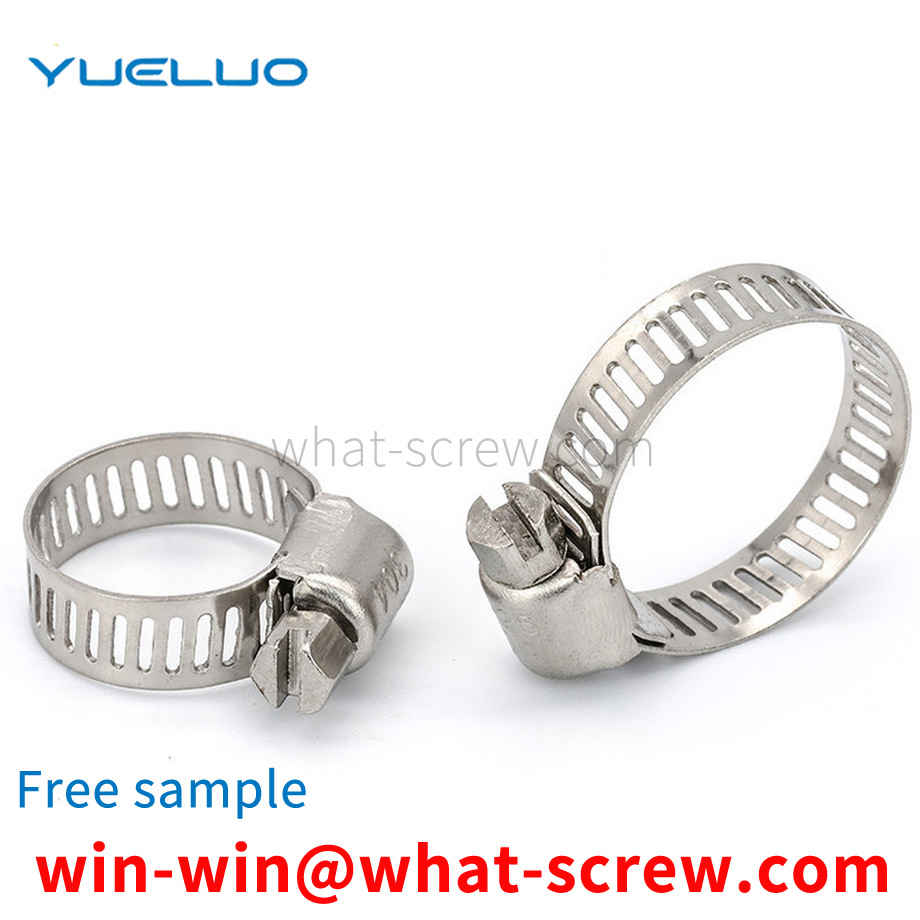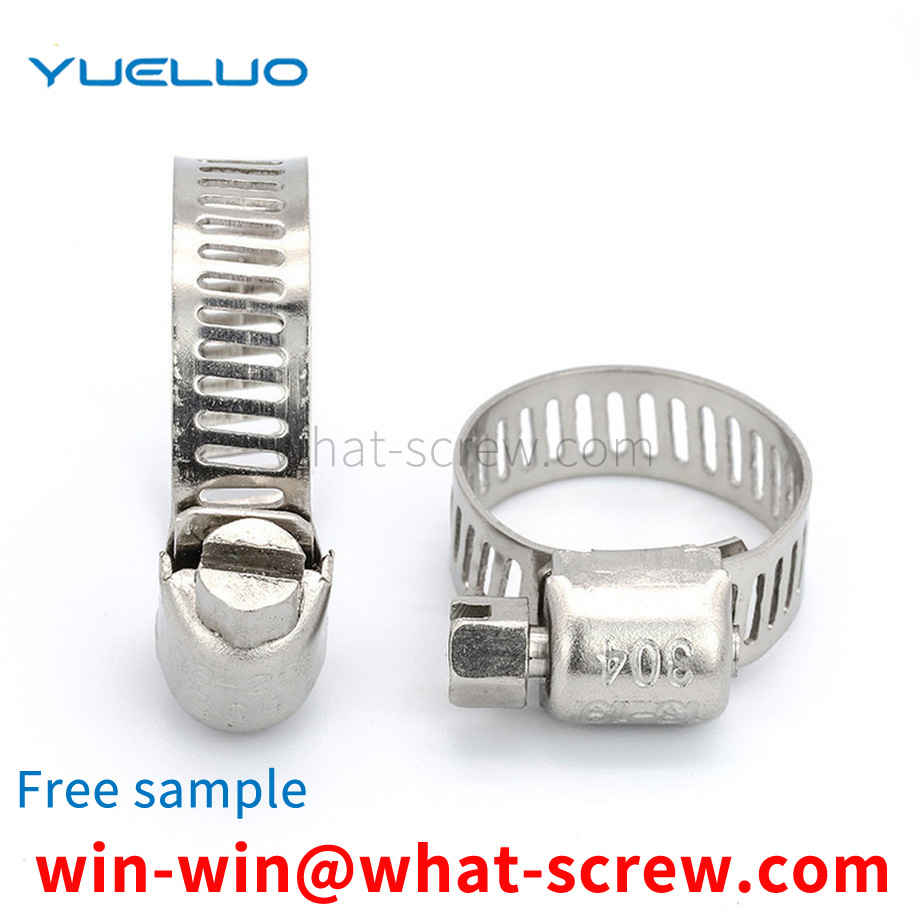The production process of rivet nuts is basically similar to that of other screws. It's just that the screws are punched out with a screw pier, and the nuts are punched out with a nut pier. Introduce the production process of rivet nuts. 1. First, it is necessary to determine what material and material the rivet nut is, so that we can use what material to produce and what material to use. Knowing what materials and materials are used, we can buy screw wires. 2. Determine the size and length of the rivet nut. This is the best way to use a large screw wire. 3. After determining the material, material, size and type, we need to see if it is a commonly used rivet nut. If so, there must be a corresponding mold in the factory. If not, it is non-standard, then we have to order molds. 4. After everything is ready for production, it is necessary to use the nut machine to punch out the shape of the rivet nut, that is, the appearance. 5. After the pier is punched out, use the machine for tapping the nut teeth to tap it. 6. After the thread is tapped, electroplating is performed. The stainless steel rivet nut does not need electroplating, it only needs to be cleaned. If you want to electroplate other colors, you have to take it to a professional electroplating manufacturer for electroplating treatment.
There are two grades of hexagonal nuts, one is grade 4.8, ordinary nuts, and the other is grade 8 nuts. For more industry knowledge about nuts, you can read the nut specification table and the national standard specification table of the nut industry. Knowledge of these nut specification sheets and industry standards. Allows us to have a deeper understanding of the nut.
It is used for fastening in the machinery, construction and electrical industries. One end is a hexagonal head for wrench tightening, and the other end is a thread. According to different thread lengths, it is divided into full thread and half thread, abbreviated as: GB bolt.
When the mold is manufactured, many positioning pins need to be installed to fix the relative position between the two parts. The positioning pins are usually sunk into the positioning pin holes on the mold. Since the mold needs to be pulled out frequently during assembly, in order to Remove the parts and make corrections. At the same time, the mold also needs to pull out the positioning pins during maintenance to remove the damaged parts for maintenance. Therefore, the workload of pulling the pins is large. The existing methods are: 1) When installing the pins, The operator uses a self-made long screw that matches the threaded hole of the pin to screw it into the pin, and then aligns the pin hole with a hammer to hit the screw to make the pin snap in, and then screw the screw out by hand. The disadvantage is: on the one hand, the hammer hits the screw It is easy to cause the screw to be damaged or deformed, and it cannot be used normally. On the other hand, it is labor-intensive to remove the screw by hand and may not be able to be removed; 2) When pulling out the pin, the operator will screw the screw into the pin and use force directly or with pliers To pull out a screw, a few companies use a large pin puller to pull it out. The disadvantage is that it is too laborious and time-consuming to pull out by hand or with pliers. Even if a large pin puller is used, the weight of the pin puller itself is large. , it is inconvenient to use.
High-strength self-locking nuts are a category of self-locking nuts with high strength and reliability. It is mainly based on the introduction of European technology, which is used for road construction machinery, mining machinery, vibration machinery and equipment, etc. There are very few domestic manufacturers of such products.
We have many years of experience in the production and sales of screws, nuts, flat washers, etc. The main products are: hollow pin positioning pins, hexagon socket head screws, copper caps, square welding nuts and other products, we can provide you with suitable fastening products piece solution.



















 Service Hotline
Service Hotline




